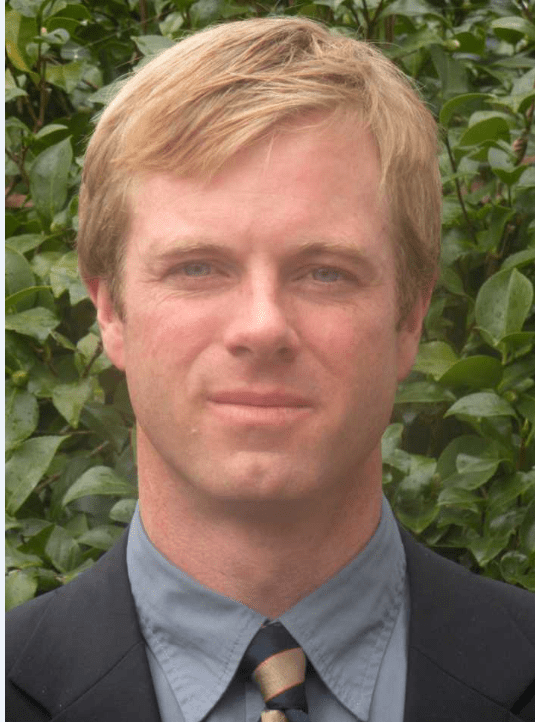My name is William Sweet and, besides being an avid Chesapeake Bay sailor, I am also an oceanographer with the National Ocean Service's (NOS) Center for Operational Oceanographic Products and Services. I joined NOAA right before the June 2009 “high tide” flood event unexpectedly swamped Atlantic Coast communities. Since then, I have been working to bring to light the effects of sea level rise using the NOS National Water Level Observation Network and National Weather Service local flood height thresholds. That work is now helping experts to assess coastal flood risk changes along the nation’s coastline.
Last week, NOAA released the 2019 State of High Tide Flooding with a 2020 Outlook — the sixth in an annual series tracking changes in flood risk, providing an outlook for next year, and now giving multi-decadal projections using NOAA (2017) sea level rise scenarios developed for the Fourth National Climate Assessment.
Decades ago, high tide flooding usually occurred as a result of storm surge flooding, but now, due to sea level rise, it can occur during a full moon tide or with a change in prevailing winds. These floods are mostly mildly disruptive, but their cumulative toll is damaging to infrastructure and economies.
The phrase coined by NOAA’s late Margaret Davidson rings increasingly true: “today's flood is tomorrow’s high tide.”
Of concern is that the national high tide flood rate — the median number of flood days per year tracked across 98 tide gauges — is now 4–5 days. That is twice what it was in 2000 and the rate is continuing to grow. Last year, 19 locations broke or tied their historical flood-count record. Next year, more of the same is projected. By 2030, the national rate will likely grow 2–3 times higher (7–15 days a year) and by 2050, it will likely be 5–15 times higher (25-75 days a year).
NOS monitors, assesses, and maps current and future flood risk with a variety of tools. The Coastal Inundation Dashboard, Seasonal High Tide Bulletin, Annual High Tide Flooding Outlooks, and Sea Level Rise Viewer are some notable examples. We are helping coastal communities throughout the country make smart decisions. Providing decision support to those tasked with managing this growing flood risk is the goal, and I am truly proud to be a part of this NOAA effort.
William Sweet
Oceanographer
Center for Operational Oceanographic Products and Services
 An official website of the United States government.
An official website of the United States government.


Social